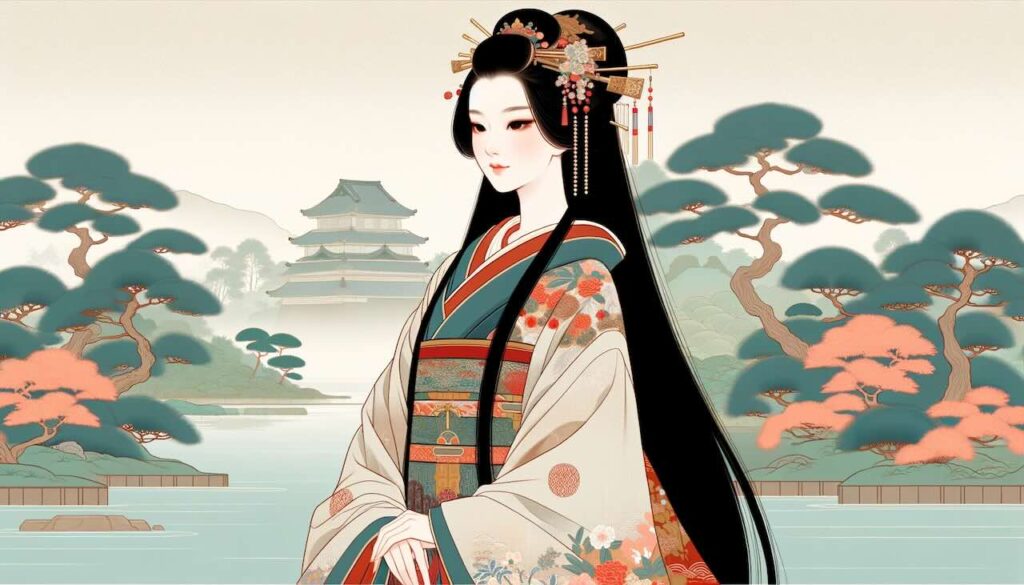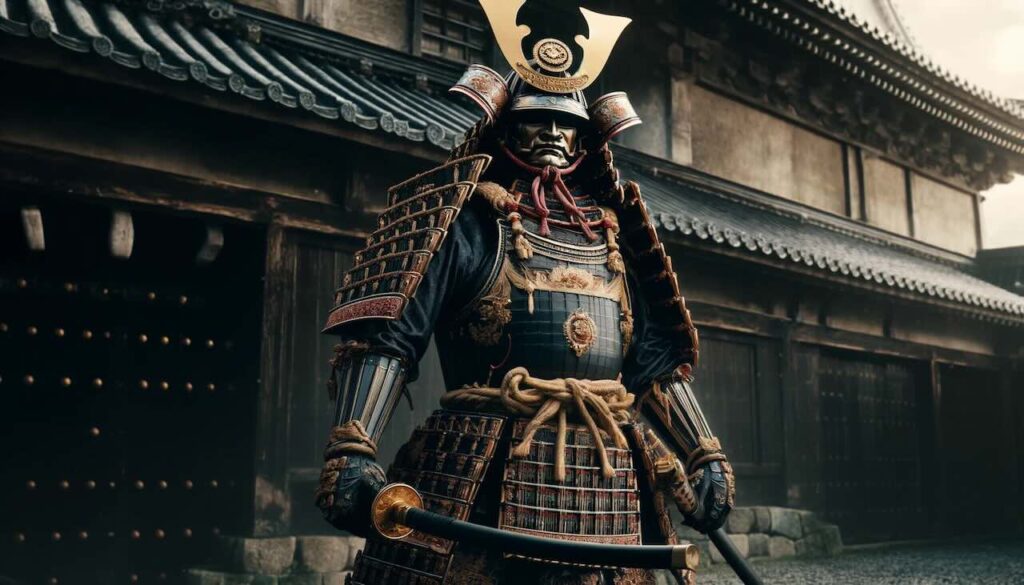When most people think of Japanese emperors, they often imagine an unbroken line of male rulers. Yet throughout Japan’s long imperial history, eight women have ascended the Chrysanthemum Throne, serving as reigning empresses (tennō) at critical moments in the nation’s development. Their reigns reveal both the unique flexibility and the strict traditions that have shaped Japan’s monarchy for over 1,500 years.
- Japan’s Imperial System: A Brief Background
- 1. Empress Suiko (r. 593–628)
- 2. Empress Kōgyoku / Saimei (r. 642–645, 655–661)
- 3. Empress Jitō (r. 686–697)
- 4. Empress Gemmei (r. 707–715)
- 5. Empress Genshō (r. 715–724)
- 6. Empress Kōken / Shōtoku (r. 749–758, 764–770)
- 7. Empress Meishō (r. 1629–1643)
- 8. Empress Go-Sakuramachi (r. 1762–1771)
- Why Have There Been No Female Emperors Since the 18th Century?
- Modern Debates About Female Succession
- The Unique Role of Female Emperors in Japan’s History
- Summary
Japan’s Imperial System: A Brief Background
Japan’s monarchy is the oldest continuous hereditary monarchy in the world, tracing back to legendary Emperor Jimmu. Historically, imperial succession has emphasized patrilineal descent but not absolute male-only rule. Female emperors were often appointed when no eligible male heirs were of age or when political stability required it. Unlike European queens who often ruled as part of regular succession, Japan’s female emperors have been viewed as temporary stewards rather than founders of new dynastic lines.
Let’s explore these eight remarkable women who defied tradition and led Japan during some of its most pivotal eras.
1. Empress Suiko (r. 593–628)
The first recorded female emperor. Ruled alongside her nephew and regent, Prince Shōtoku, who promoted Buddhism and established early Japanese state institutions. Sent envoys to China’s Sui Dynasty, initiating Japan’s first official international diplomacy. Played a key role in integrating Buddhism into Japanese court culture.
2. Empress Kōgyoku / Saimei (r. 642–645, 655–661)
Ruled twice under different names. During her second reign as Empress Saimei, oversaw diplomatic missions to Tang China and supported military campaigns in Korea. Her rule marked important political realignments leading toward the establishment of centralized imperial governance.
3. Empress Jitō (r. 686–697)
Daughter of Emperor Tenji and consort of Emperor Tenmu. Consolidated imperial authority through administrative reforms, including the early ritsuryō legal system. Managed the peaceful succession to her grandson, ensuring continuity during a critical era of state-building.
4. Empress Gemmei (r. 707–715)
Oversaw Japan’s first official currency: the Wadō Kaichin coins. Relocated the capital to Heijō-kyō (modern Nara), laying the groundwork for the Nara period’s rich cultural development.
5. Empress Genshō (r. 715–724)
Continued her mother Gemmei’s legacy. Administered the completion of the Yōrō Code and supported social welfare initiatives. Her reign further stabilized the imperial court after several transitions.
6. Empress Kōken / Shōtoku (r. 749–758, 764–770)
Ruled twice, amid considerable court intrigue. Supported Buddhist cleric Dōkyō, whose rise to influence became highly controversial. Her reign prompted later court policies discouraging female succession to prevent religious and political entanglements.
7. Empress Meishō (r. 1629–1643)
One of only two female emperors during the Tokugawa shogunate. Reigned during the Shimabara Rebellion and Kan’ei Reforms, though real political power rested with the shogunate.
8. Empress Go-Sakuramachi (r. 1762–1771)
The last reigning female emperor in Japanese history. Oversaw administrative reforms and crises like the Great Meiwa Fire of Edo. After her abdication, no female emperors have ruled Japan to date.
Why Have There Been No Female Emperors Since the 18th Century?
Following Empress Go-Sakuramachi’s reign, Japan’s succession practices gradually became more restrictive. Concerns over dynastic purity and political stability led to a de facto preference for male-only succession. The Meiji Constitution (1889) and postwar Constitution (1947) both reinforced agnatic succession (male-line only). The Chrysanthemum Throne today is limited to male heirs of the paternal imperial bloodline.
Modern Debates About Female Succession
In the 21st century, Japan faces a shrinking imperial family and renewed public debate over allowing female emperors to ascend the throne again, permitting female-line succession (matrilineal descent), which would be a major historical shift, and balancing respect for tradition with the realities of a modern, gender-equal society.
Polls consistently show that most Japanese citizens support allowing female emperors, though political reforms remain slow and controversial.
The Unique Role of Female Emperors in Japan’s History
Unlike many monarchies where women ruled as queen regnants, Japanese female emperors have typically served during transitional or crisis periods, demonstrating stabilizing leadership during succession uncertainty, diplomatic skill in foreign relations, cultural patronage, especially in Buddhism, poetry, and governance, and resilience amidst factional court politics.
Their reigns remind us that Japan’s imperial tradition—while often patriarchal—has always contained flexibility to accommodate female leadership when necessary.
Summary
Japan’s eight female emperors stand as rare but powerful examples of women who led the world’s oldest monarchy through times of both stability and crisis. Their legacies challenge modern assumptions about gender and leadership, offering valuable insights into the complex interplay between tradition, pragmatism, and political necessity in Japanese history.
As modern Japan continues to debate imperial succession in a changing world, the historical precedent of these remarkable women remains both relevant and inspirational.


